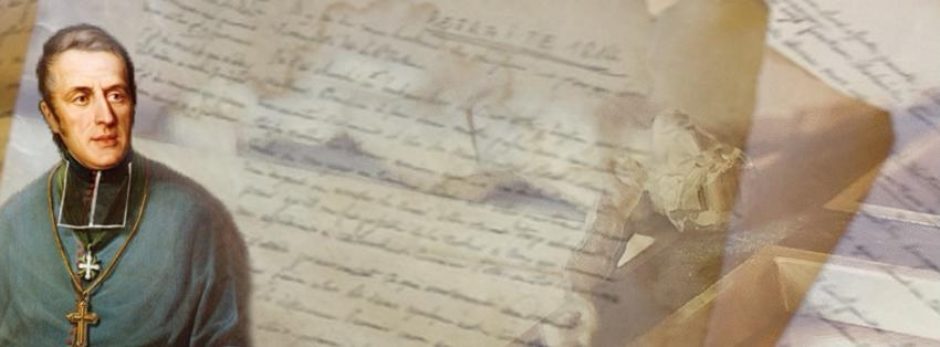During the missions all the ceremonies were an extension of the preaching, and had the same goal. Every means of instructing and leading people to experiencing the Saviour, and converting, was improvised and tried out. Symbolic actions and processions were particularly important because of their strong appeal to the senses of the participants. Continuing to reflect on the ceremony around the dead Eugene wrote in a letter:
The service for the dead, the homily after [the Gospel of] the Requiem High Mass, the procession and the absolution at the cemetery with some pious words suitable for the occasion, if the weather is good for going outside, are obligatory. What is not obligatory, but nonetheless very appropriate, is to have a grave dug around which the absolution is done. This grave is meant for the first person who will pay death its due.
The catafalque in the church must be properly set up and the notice given the evening before to invite all the people for the following day’s service must be strongly motivated and captivating for anyone of good will.
Letter to Eugène Guigues, 5 November 1837, O.W. IX n. 652
